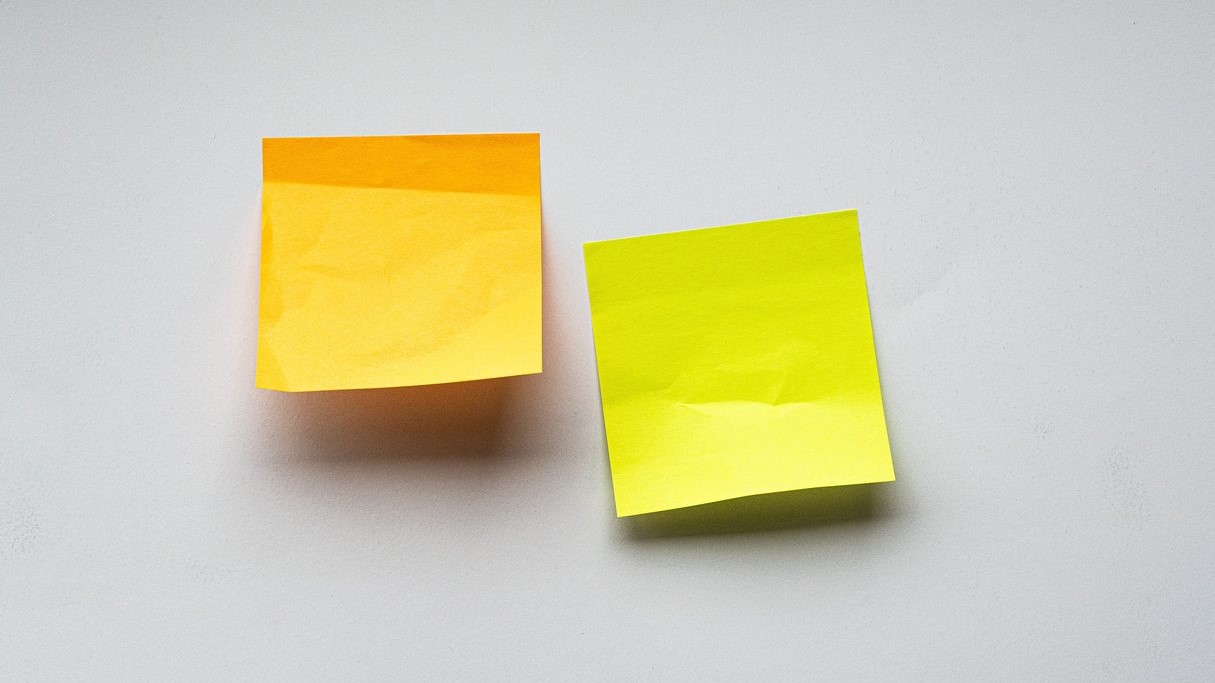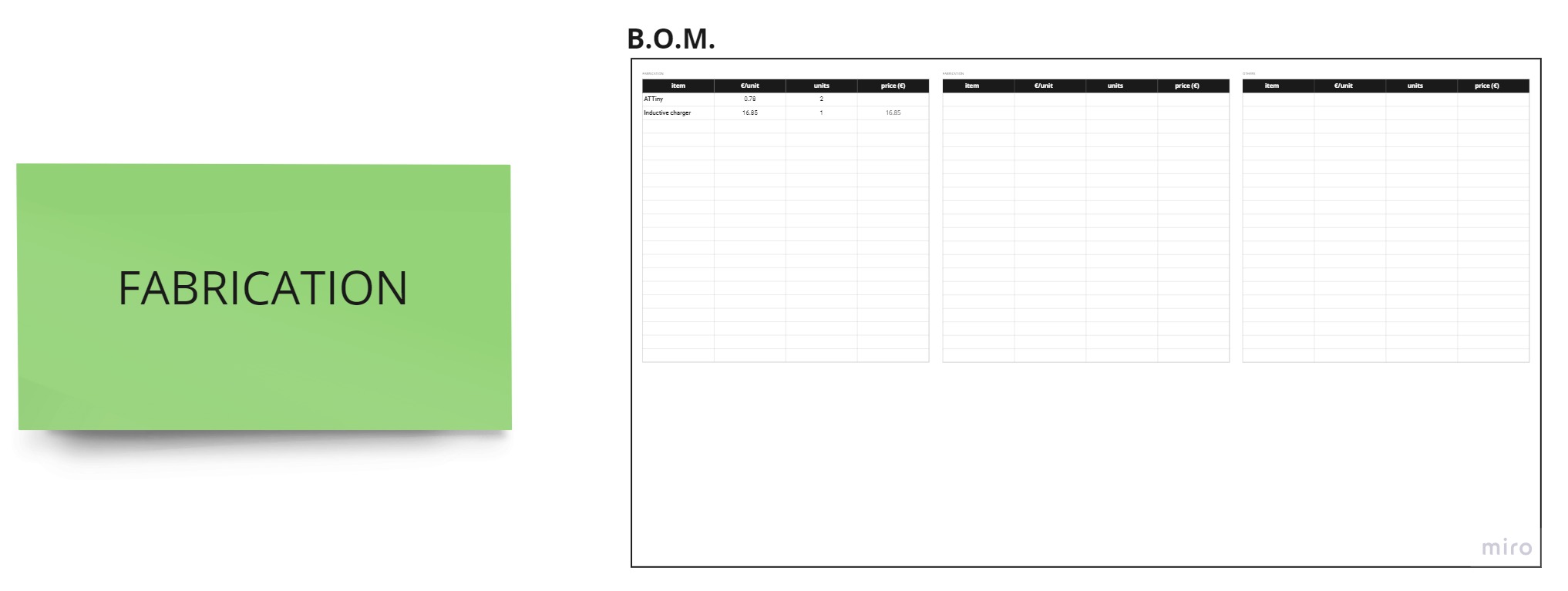Project Development
This page is focused on the organization and management of the project. My idea is that you have a realistic feeling of how I am developing the project and what stages I am going through little by little.

So that the information is clear and there are no recurrences or errors, I would like to divide this page into: Project Management and Questions.
Project Management
To start developing the project, I think the first thing is to organize my head and try to give a logical order to the tasks.
I don't think trying to work with spirals is a good idea when I'm used to working in another way. I usually focus on creating a Gantt of the tasks that I have to perform and little by little I develop them as the days go by.
But there is one thing I would like to try. I had always looked for some software or app that would allow me to work in the form of a blank canvas but I didn't know of any. In one of the FabLabBarcelona classes we were taught MIRO and I think it might be a great idea to use it.
MIRO
I think that taking a look at my MIRO dashboard can give you a more personal and in-depth vision of how I have been working on the project, apart from what I can explain to you in this area of my website.
It is possible that when you are seeing this, it is inside the board working, you will be able to see in real time how the changes are generated and how the project is progressing as the days and weeks go by.

As you can see, I divide the work into 4 main branches: electronics, code, ui / ux and fabrication. Next I show you how I organize that work within the Miro canvas.
UI/UX
Tasks related to design, creativity, user and their interaction with the user.

ELECTRONICS
Tasks related to the design, interaction, system and manufacture of the electronics within the product.

CODE
Tasks related to the code, control and management of the electronic and electrical system.

FABRICATION
Tasks related to the packaging, casing, manufacture and realization of the lamp.

Questions
For me, the best way to understand how the project is going is through the Miro table that you have above, but to make everything clearer, below you have the answers to the questions.
What tasks have been completed, and what tasks remain?
Electronics
| Task | Status |
|---|---|
| Electronics design | Done |
| Electronics interaction | Done |
| Electronics fabrication | Done |
| Electronics soldering | Done |
| Charging system | Pending |
| System assembly | Done |
Code
| Task | Status |
|---|---|
| Button activation | Done |
| Charge management | Done |
| Effects | In process |
| Better calibration | Pending |
| On/off | Pending |
Fabrication
| Task | Status |
|---|---|
| Pipette | Done |
| Knob | Done |
| Battery pack | In process |
| Charging base | Pending |
| Assembly | Done |
What’s working? what’s not?
In broad strokes, everything that I marked as mandatory is working correctly and I consider it successful.
As you see above, the tasks related to the charging base and aesthetic complements such as effects and the like have been pending. But I consider that those things I can do later when the documentation is finished or in the future on my own after graduating from FabAcademy.
What questions need to be resolved?
At this point in the project, I think there are two questions I still have to solve:
How do I calibrate the sensor so that it matches the colors better? What way of making code or what logic is the most suitable to manage the wavelength values to digital without losing too much information?
In the event that I finally make the base, how do I make it understand the same color as the portable part of the lamp? Will the color sensor be able to read the light from the neopixels and match the color?
What will happen when?
I find the best way for you to see the answer to that question is to check out the Canvas. Specifically the Gantt Chart that is at the beginning where the tasks are ranked by time scale and importance.
What have you learned?
It is difficult to summarize all the knowledge that I have acquired these weeks, but I think that I can highlight some great conclusions from my learning.
- On several occasions I have highlighted it, that I have no previous experience in electronics, but that I have discovered in this a very powerful tool. I think the many doors that knowledge in electronics and control open are the great learning of my Fab Academy.
- The speed with which you can get products digitally manufactured is a true marvel. It is spectacular how you can have an idea in the morning and that same night have it in hand if everything goes well during the day. In addition, another thing that I highlight is that the investment necessary to have some machines is not too high and I believe that it will soon be a common reality to have machines at home.
- The code I think is the branch that has cost me the most and I would say that I liked the least. I still find language and logic tedious. I believe that it is a profession in itself and that many years of personal development are required to achieve code that offers guarantees and is robust.
- Finally, I have once again seen how good time and effort management is an enormous ally of the designer, maker and engineer. When you start a project, it is preferable to spend time organizing tasks and efforts than to start working without rhyme or reason to finally end up circling or losing the thread of the project.